The Chilean Winery That Disrupted Itself
Santa Rita radically regenerates its vineyards.
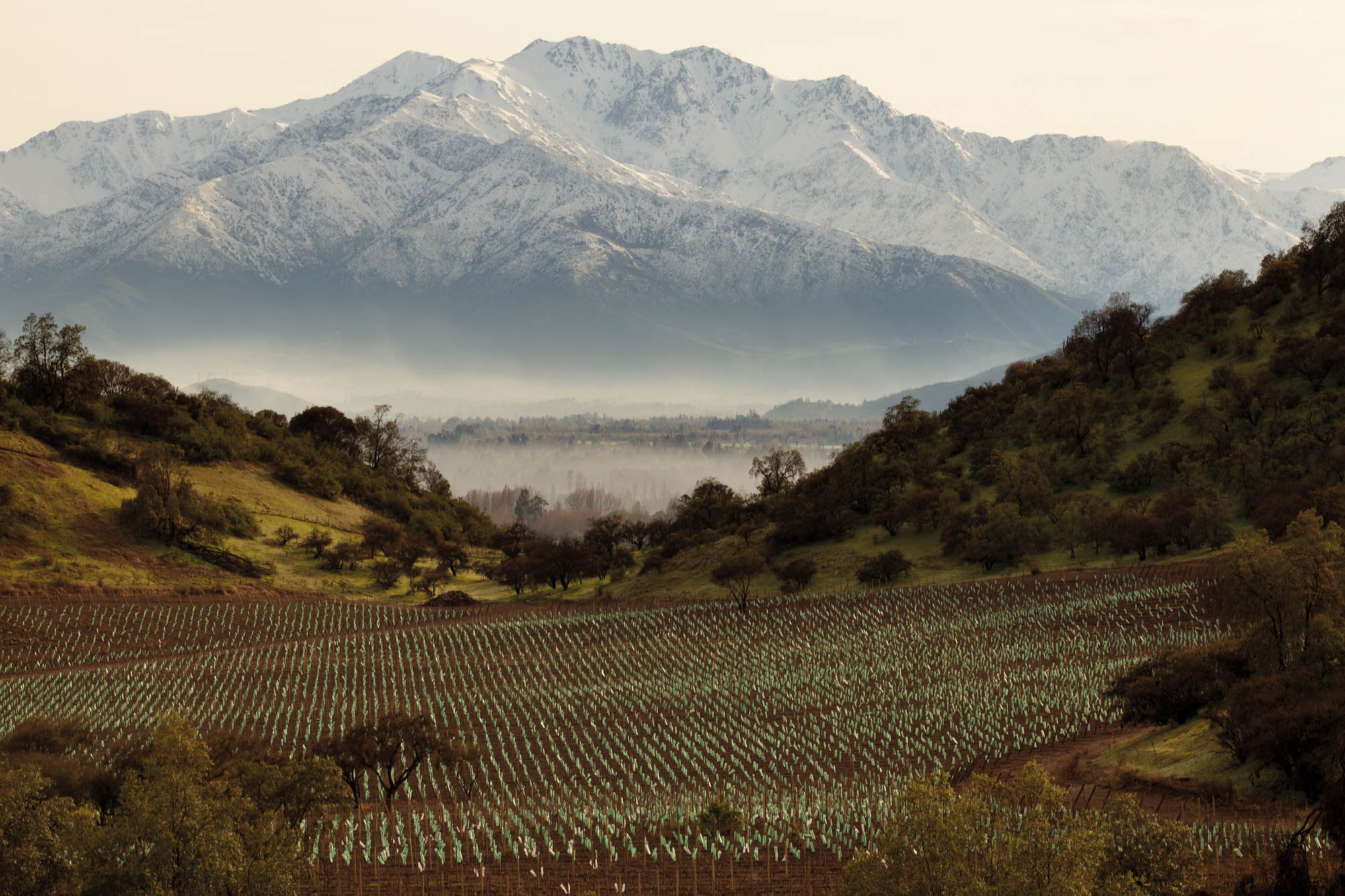
Wineries generally replace aging or underperforming grapevines gradually—parcel by parcel, or vineyard by vineyard—to minimize disruption to production. But Chile’s Santa Rita winery takes a radical approach. In 2012, it started to pull out hundreds of hectares of productive vines and replant with vines that will better realize the quality potential of its vineyard sites.
Sebastián Labbé, Santa Rita’s winemaker responsible for ultrapremium wines, says the program is “very ambitious and very exciting.” It’s also a program one might associate with a new, up-and-coming producer than one that dates back to 1880 and has won accolades for its wines for decades. In 2022, for the 11th year in a row, Santa Rita was included in the World’s Most Admired Wine Brands, a list of 50 wineries worldwide selected by professionals in all aspects of the wine business: buyers, writers, Masters of Wine, sommeliers, wholesalers, and educators.
Santa Rita might have rested on its laurels but chose to disrupt itself. Replanting more than 1,000 hectares with superior vines free of disease meant a significant decline in wine production until the new vines matured. Production fell and then flattened out, Labbé reports, but it has now begun to rise. Taking a short-term volume hit to achieve a long-term quality gain is a brave venture. It’s a model other wineries might emulate.
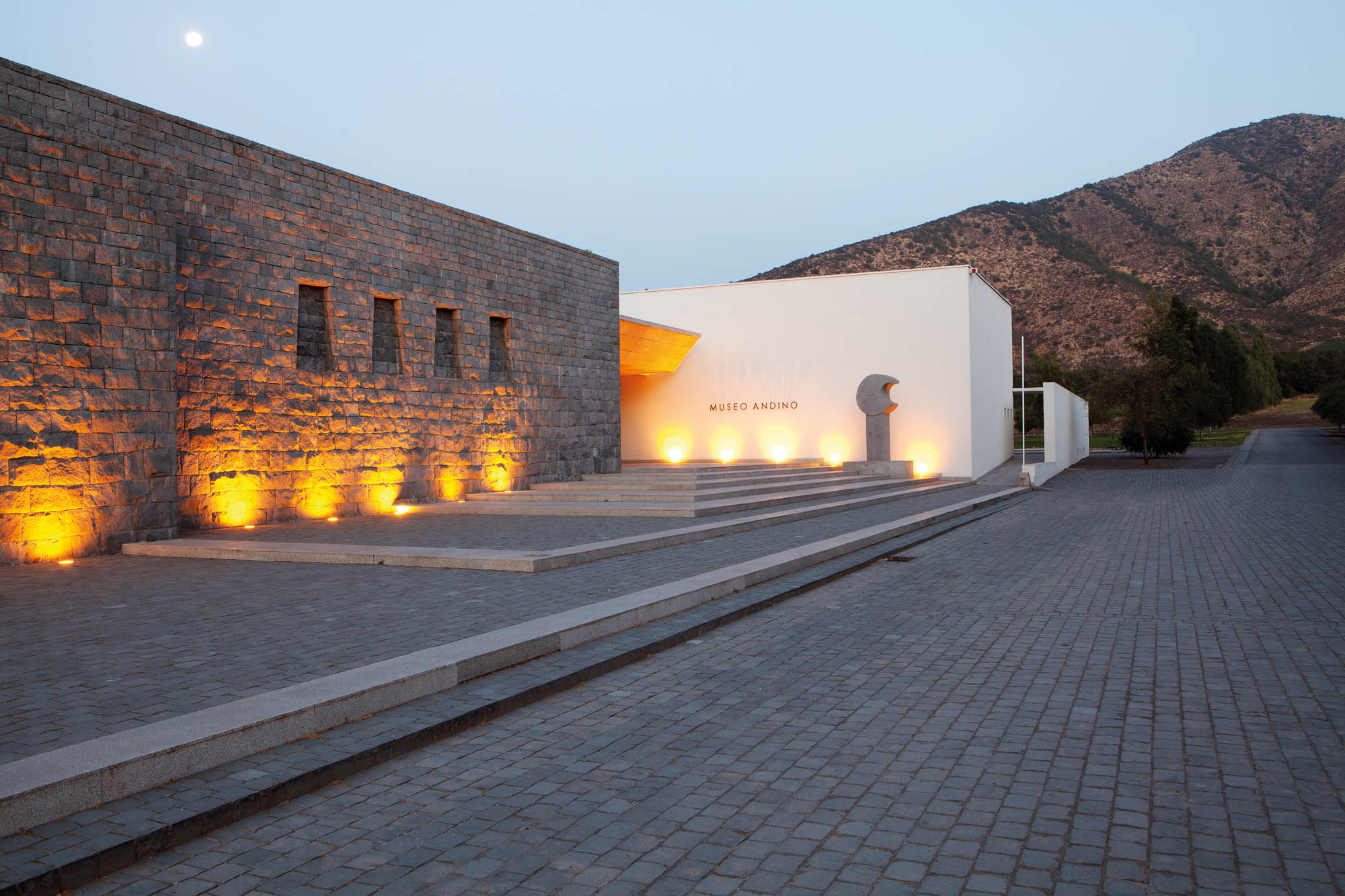
Museo Andino.
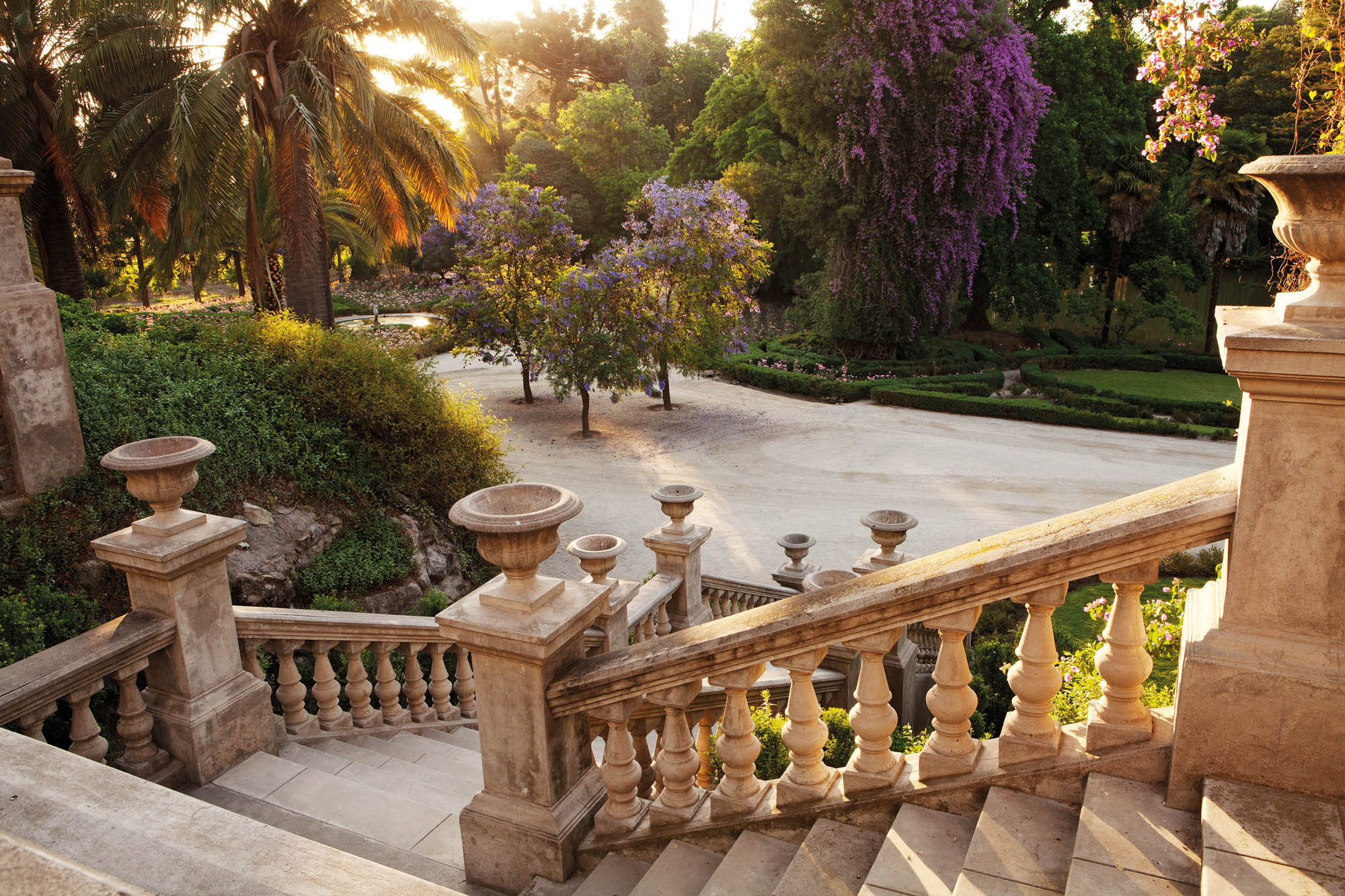
Casa Real Park view.
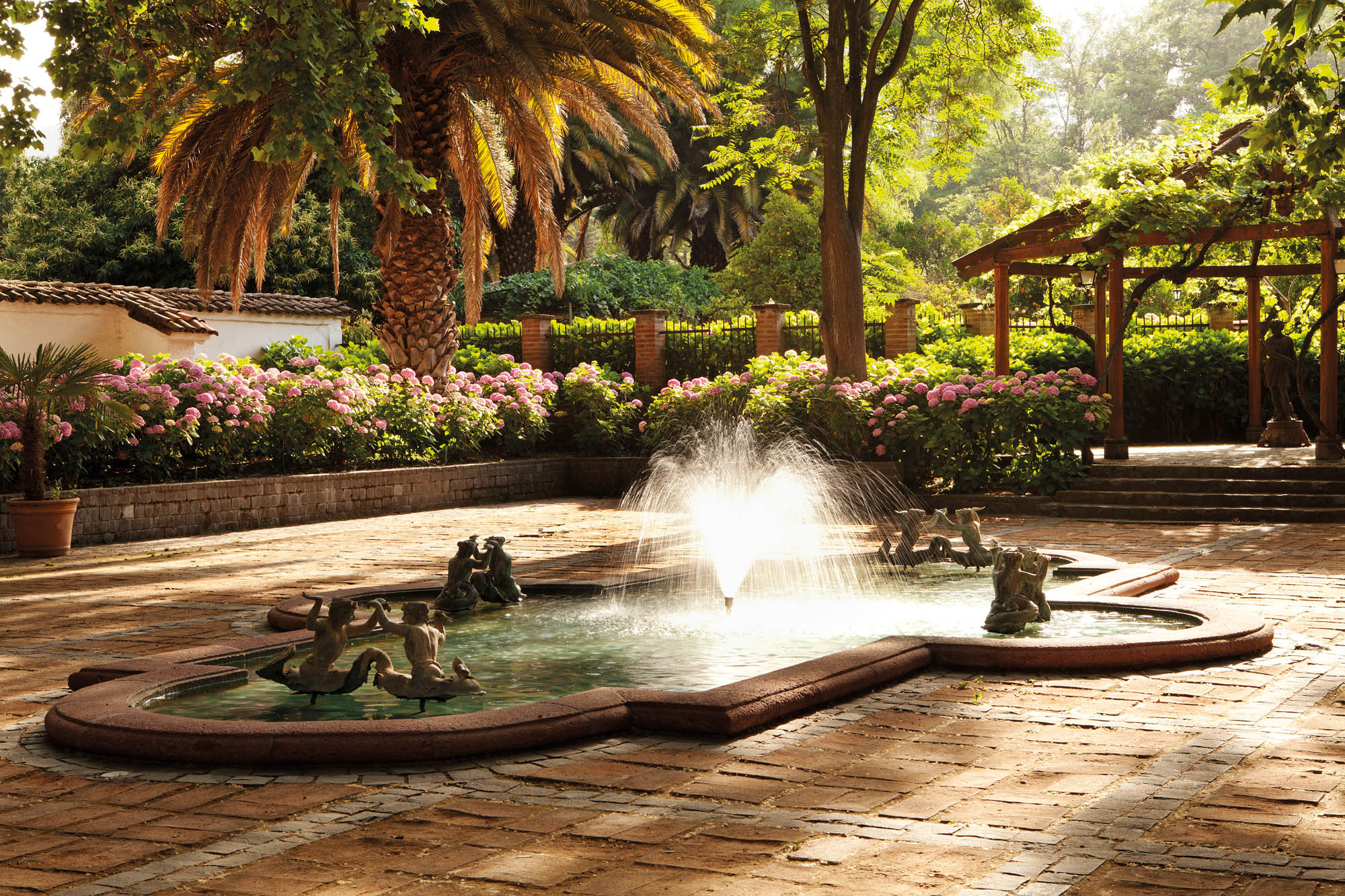
Hotel Casa Real.
Labbé says the winery has also started to vinify grapes from small parcels separately so as to evaluate the results—innovation trumping continuity again. He says some small sites in the Maipo Valley, a region noted for world-class cabernet sauvignon, have a history of good performance, and they are finding that the new vines planted there give exceptional results. Areas with gravelly soils are proving especially interesting because they offer good drainage and are less fertile, putting the vines under stress. “And as we know,” Labbé says, “stress is good for vines. They do well when they have to struggle.”
Santa Rita has vineyards in many regions of Chile, where diverse conditions favour specific varieties. For example, carmenère performs well in the Colchagua Valley, while chardonnay and sauvignon blanc thrive in the cooler Limarí Valley, in the north of Chile. (Labbé thinks chardonnay from Limarí “can stand with the best chardonnays in the world.”) But Maipo Valley is a special place, with cabernet sauvignon at the core of its soul. More than three-quarters of Santa Rita’s Maipo vineyards are planted with cabernet sauvignon, and there are small parcels of cabernet franc and other red varieties.
The winery’s upper-tier cabernet sauvignons are now fermented at lower temperatures than before to preserve the integrity of the fruit. Santa Rita Floresta Cabernet Sauvignon 2021 is a fine balance of sculpted fruit and fresh acidity that shows carefully managed and nuanced barrel treatment. It achieves a delicacy and elegance not often associated with cabernet sauvignon.
Santa Rita is leading the way in a renaissance of cabernet sauvignon in Chile. In the last two decades, interest has tended to focus on país, the variety first planted by the Spanish in the 1500s, and old vines carignan, planted in the 1930s. But there’s now renewed interest in cabernet sauvignon, thanks to the stylistic reinvention that distinguishes it from other New World cabernet sauvignons.
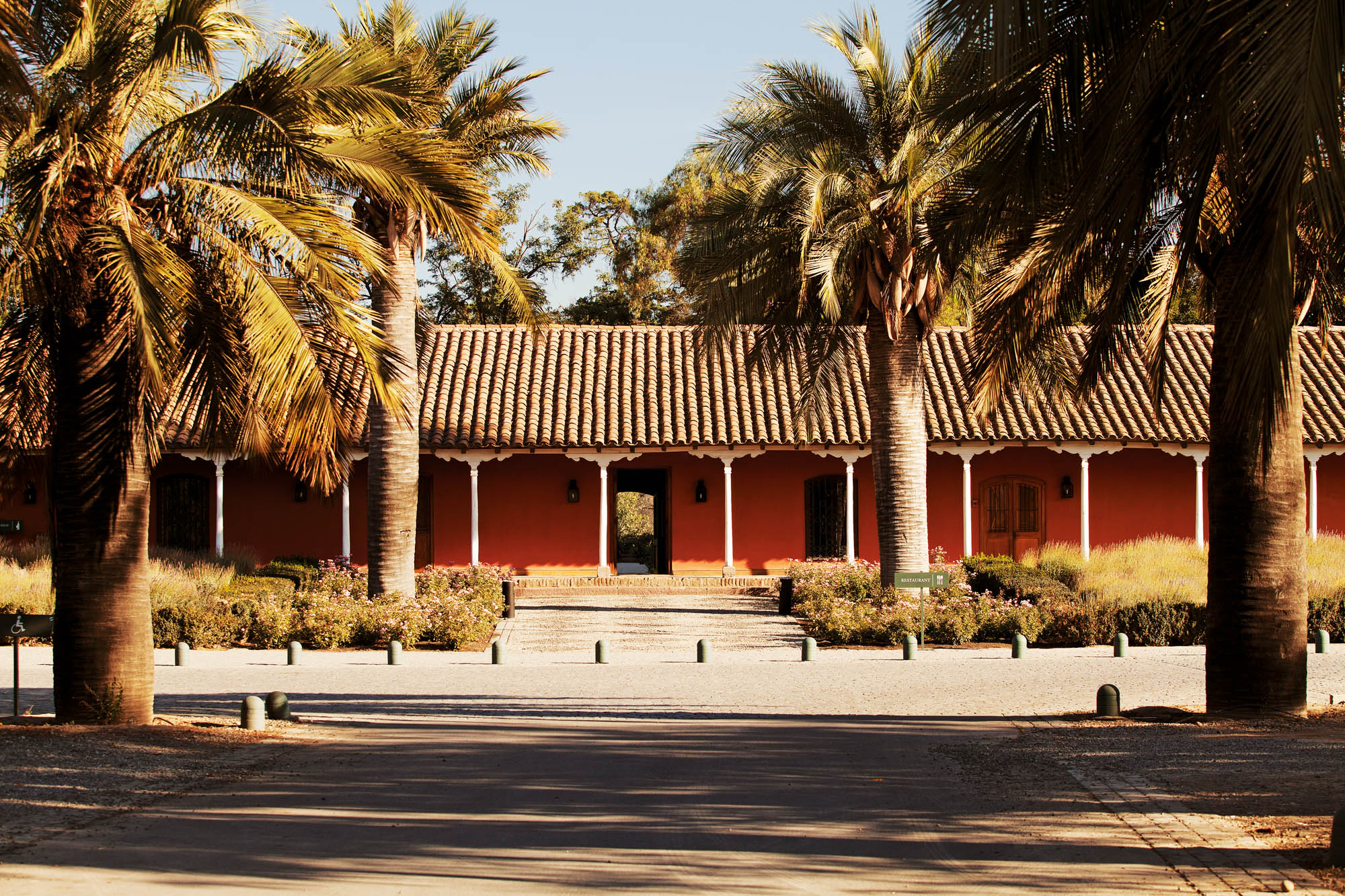
Restaurant Dona Paula.
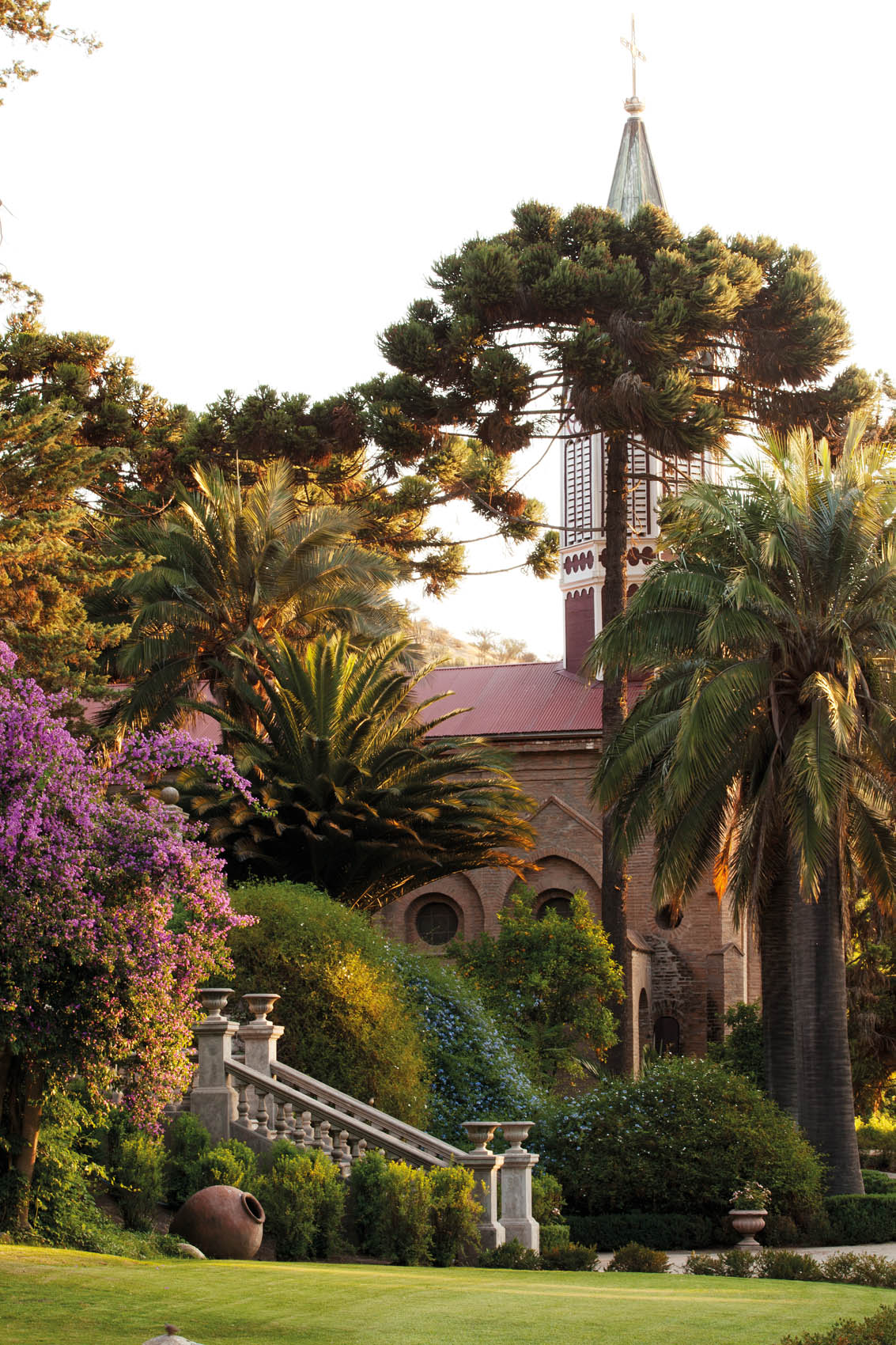
Santa Rita Chapel.
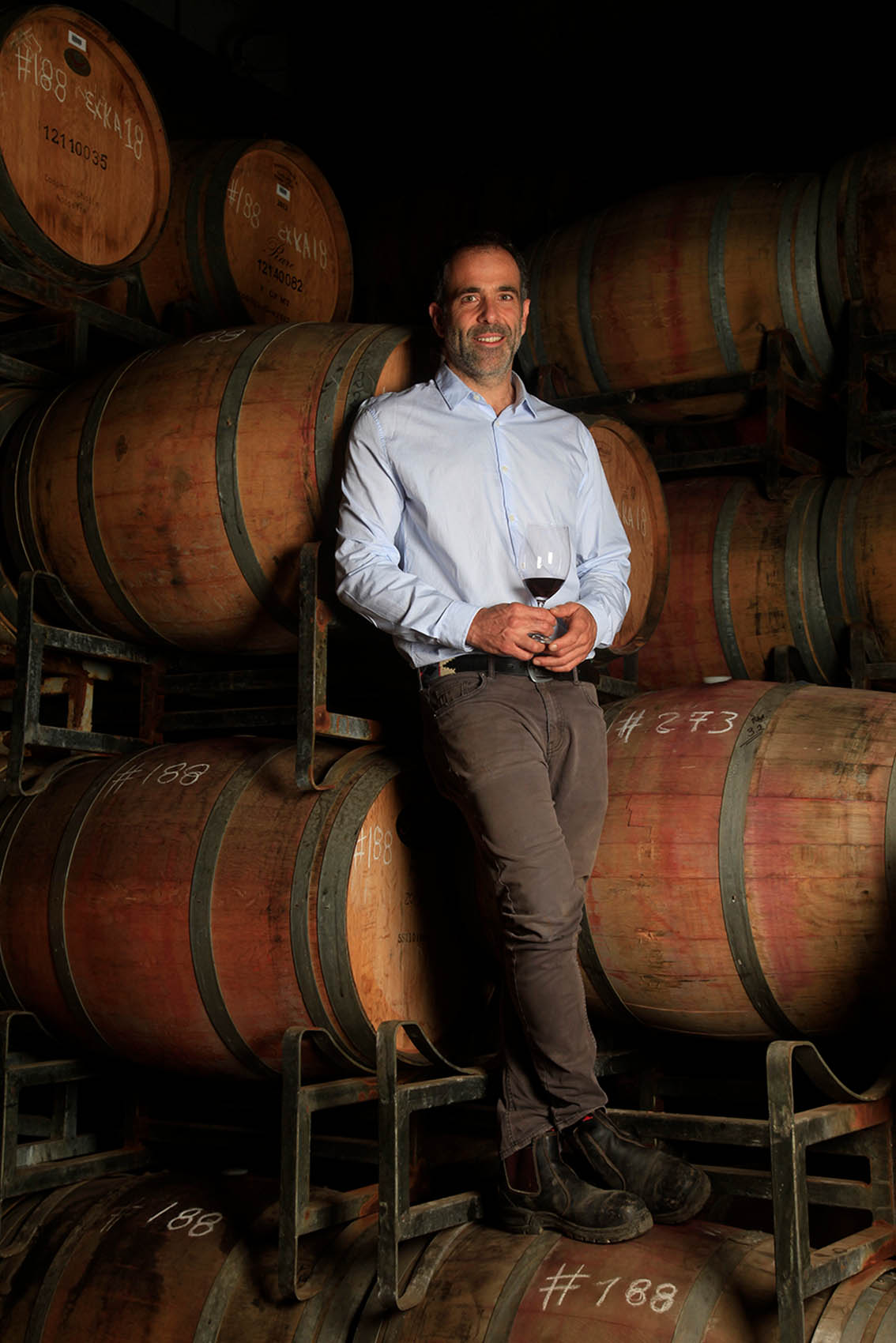
Sebastian Labbe.
Santa Rita similarly challenges expectations with carmenère, a wine that too often shows overripe fruit and a lot of oak. The grapes for Santa Rita Floresta Carmenère 2021 are grown in the Apalta district of the Colchagua Valley, where the cooling influence of the Humboldt Current in the Pacific Ocean moderates daytime temperatures in the vineyards. Santa Rita harvests carmenère early in the season, while the grapes retain acidity, and the wine shows a generous and fresh texture with nicely structured fruit.
Santa Rita Triple C 2020, one of the winery’s icon wines, is a blend of cabernet franc, cabernet sauvignon, and carmenère, all sourced from the Maipo Valley. The flavours are well defined and focused, have good concentration, and are complemented by perfectly calibrated acidity. The tannins are well resolved, and this is a very attractive example of a Bordeaux blend, although the term is no longer appropriate as styles have diverged.
More than ever, Santa Rita’s premium and ultrapremium wines carry a house signature of balance, freshness, and structure. Once the newly planted vines come into full production, it’s a good bet they will help ensure Santa Rita remains one of the World’s Most Admired Wine Brands for years to come.
Santa Rita Wines
Santa Rita Floresta Cabernet Sauvignon 2021 (Alto Jahuel, Maipo Valley)
Santa Rita Floresta Carmenère 2021 (Apalta, Colchagua Valley)
Santa Rita Triple C Red Wine 2020 (Maipo Valley)




